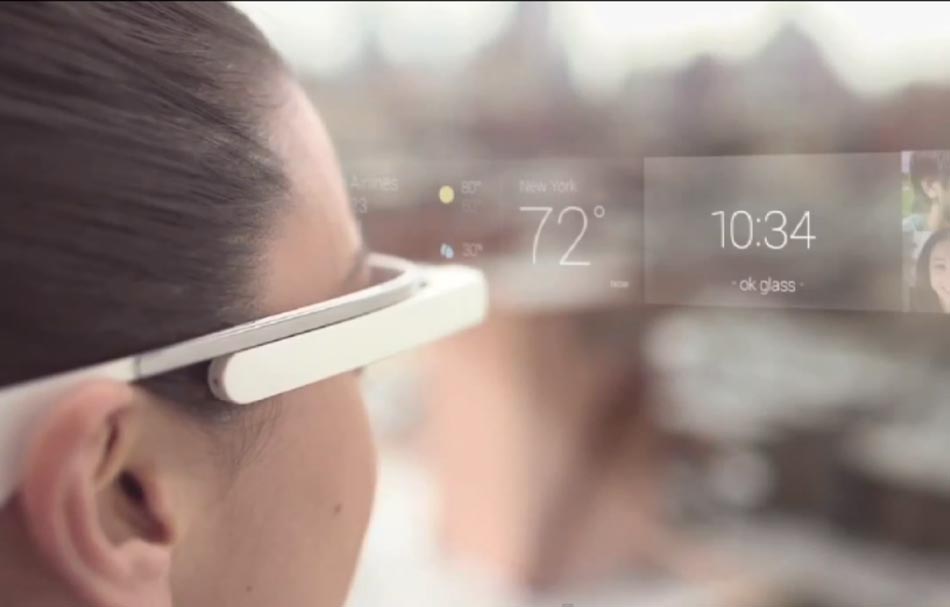The market for videogames has levelled up a lot of times over the last couple of decades and currently is projected to almost be a 100 billion market in 2016. Where this market traditionally was an arcade based market in public places in the early years and a pc and console gaming market for people’s homes in the last couple of decades, it is now shifting more towards a mobile gaming market where you can play everywhere you want. In addition to this, the market is expected to grow with 6.6% between 2015-2019 from a 91.88 billion market in 2015 to a 118.6 billion market in 2019. It is also expected that the gaming industry will shift (a little) from consoles & PC’s to mobiles and tablets. Two technologies that are expected to have a huge impact on the gaming industry are Augmented Reality (AR) and Virtual Reality (VR).
Augmented Reality is the ability to insert and overlay digital information into the real world. Next-generation Augmented Reality systems will display graphics for each viewer’s perspective. So how does it work; Augmented reality applications are written in special 3D programs that allow the developer to tie animations in the computer program to an augmented reality marker in the real world. When a computing device’s augmented reality app receives this information from a known marker, it begins to execute the marker’s code and layer the correct image or images. A popular example of an Augmented Reality game is Pokémon GO, which was a huge hype last summer with about 9.5 million daily users.
Virtual reality is a computer generated reality which can be explored using virtual reality goggles (Oculus, HTC Vive, Sony VR). Using these devices, you can explore and manipulate a virtual world. A virtual world is a computer-based online community environment that is designed and shared by individuals so that they can interact in a custom-built, simulated world. Examples of games you can play in Virtual Reality are the same as current console games as Resident Evil, Valkyrie & Final Fantasy. Virtual reality can be expended by the use of treadmills which will increase the level of sensation of being in another reality(Omni Virtuix).
The main differences between augmented reality and virtual reality are that virtual reality offers more possibilities and potential, however in general is a more expensive technology to develop and thus more expensive to purchase for consumers. Besides that virtual reality is a more expensive technology, there is a higher barrier of entry as new hardware should be bought. These are the main reasons that virtual reality for now will be more focussed on hardcore gamers and gaming in large, organised settings. John Hanke (CEO of Niantic) believes however that augmented reality has the future: “In a VR situation, you’re isolating yourself from everyone around you and entering this completely virtual space. Augmented reality is designed to add, enhance the things you do as a human being: Being outside, socializing with other people, shopping, playing, having fun. AR can make all those things better.”



